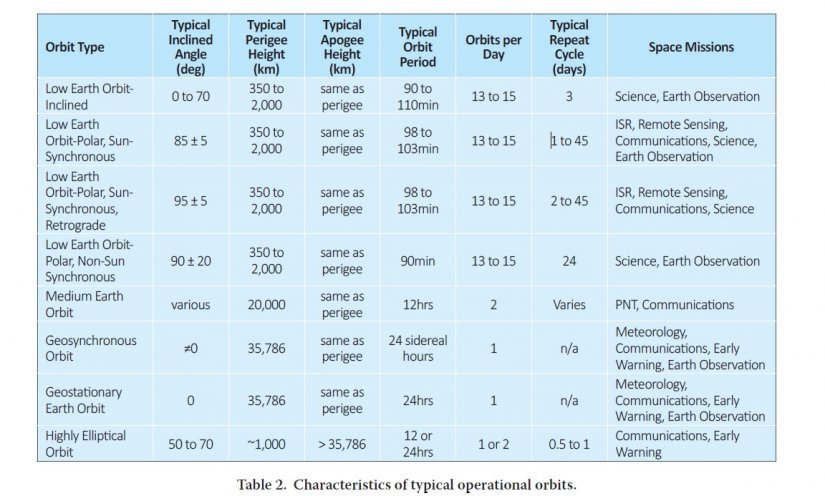
Overview
Space treaties: Australia is a signatory to the:
- 1967 United Nation (UN) Treaty on Principles Governing the Activities of States in the Exploration and Use of Outer Space, including the Moon and other Celestial Bodies
- 1968 UN Agreement on the Rescue of Astronauts, the Return of Astronauts and the Return of Objects Launched into Outer Space
- 1972 UN Convention on International Liability for Damage Caused by Space Objects
- 1975 UN Convention on Registration of Objects Launched into Outer Space
- The 1979 UN Agreement Governing the Activities of States on the Moon and other Celestial Bodies
UNGA Resolution 75/36 on responsible behaviours in space should counsel responsible and consistent language across government. That resolution is a diplomatic way past the international stalemate on space arms control, by encouraging states to identify principles that may
help alleviate the security dilemma in space.
Australian domestic Space laws:
a. The Space (Launches and Returns) Act, 2018
b. The Australian Communications and Media Authority (ACMA) Act, 2005
c. The Space Activities Regulations, 2002
d. The Radiocommunications (Australian Space Objects) Determination, 2000
e. The Australian Radiation Protection and Nuclear Safety Act (ARPANSA), 1998
and many more!

Key Terms
Law
The system of rules which a particular country or community recognizes as regulating the actions of its members and which it may enforce by the imposition of penalties.